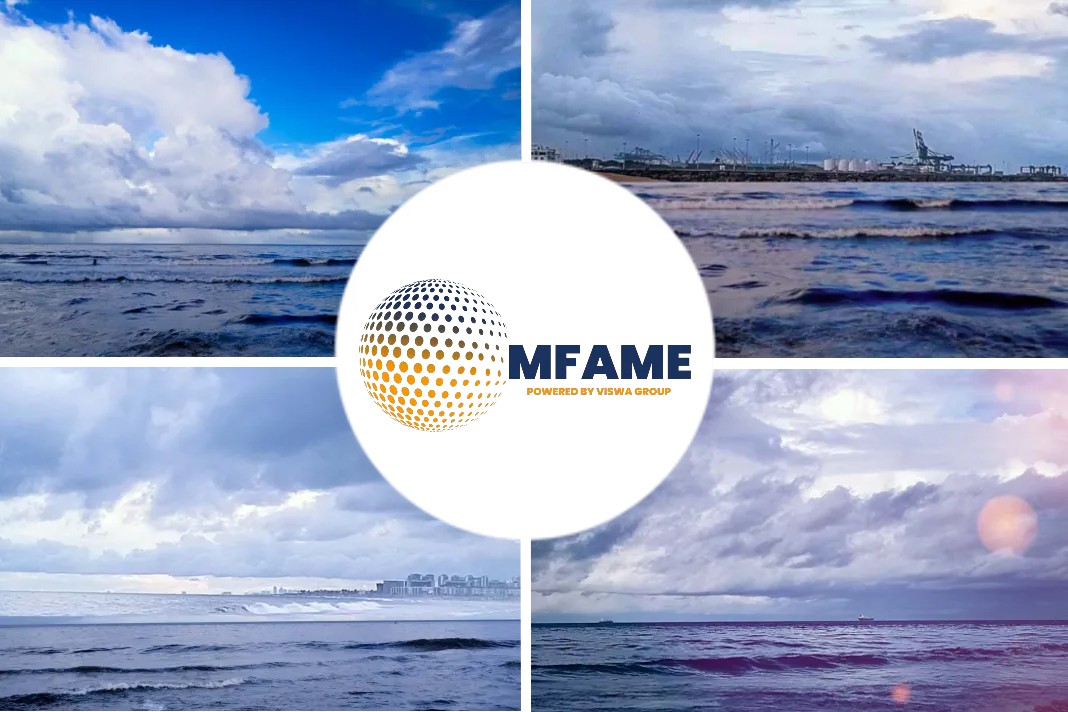Non-governmental organisations are calling on the IMO to seize the chance to immediately reduce climate-warming emissions of black carbon from ships currently using heavy fuel oil in the Arctic by switching them to cleaner distillate fuels, reports offshore energy.
As explained, the switch would ensure a cut by some 44%.
PPR 8
The calls coincide with the start of the virtual five-day meeting of the International Maritime Organization’s Pollution Prevention and Response Sub-Committee (PPR 8).
“Mandating a switch of fuels in order to cut black carbon emissions in the Arctic would be an easily-won victory for both the IMO and the shipping industry, and put the sector on course towards decarbonisation. Most importantly, getting black carbon out of the Arctic would also be a win for the climate, for the Arctic and the people who depend on its ecosystem for their livelihoods”, Dr Sian Prior, Lead Advisor to the Clean Arctic Alliance, said.
Black Carbon on The Agenda
As explained, the IMO has been wrestling with what to do with regard to black carbon for over a decade now, and with black carbon on the agenda now, the IMO Member States have the chance to take rapid and effective action.
Prior added that the bunker industry, which supplies fuel for shipping, has indicated that it can meet the necessary demand for alternative fuels to support a migration away from using heavy fuel oil in the Arctic.
Ultimately, international regulation by the IMO is needed to eliminate emissions of black carbon from shipping on a global scale, she pointed out.
Arctic is Warming
Austin Ahmusak, Kawerak Marine Advocate, stressed that the Arctic is warming as a result of human-induced changes to the atmospheric carbon cycle, adding that this has already had an impact on the rich biological diversity.
About 7-21% of global shipping’s climate warming impacts can be attributed to black carbon – the remainder being CO2, according to International Council on Clean Transportation’s publication titled Greenhouse gas emissions from global shipping, 2013–2015.
How Black Carbon Accelerating the Arctic Melt
When emitted by ships in and near the Arctic, black carbon particles enter the lower levels of the atmosphere, where they remain for under two weeks, absorbing heat. But when it eventually comes to land on snow or ice, black carbon’s warming impact is 7 to 10 times greater, as it reduces the reflectivity (albedo) and continues to absorb heat, accelerating the Arctic melt.
Even though, shipping only contributes 2% of the black carbon in the Arctic, it has a much greater heating impact. What is more, studies show that shipping emissions of black carbon have risen 8% globally in the past decade, and in the Arctic by 85% between 2015 and 2019 alone.
Ban on Carriage of HFO
In November 2020, the International Maritime Organization (IMO), the UN body which governs shipping, approved a ban on the use and carriage of HFO in the Arctic – a ban that is set to be adopted this June.
The organizations insist that this ban contains serious loopholes which will mean minimal reductions in the use and carriage of HFO in 2024 when implemented.
Verification
PPR 8 is set to discuss amendments to the IBC Code, development of a standard for the verification of ballast water compliance monitoring devices and assessment of Black Carbon emissions in Arctic shipping.
Did you subscribe to our daily newsletter?
It’s Free! Click here to Subscribe!
Source : Offshore Energy
















